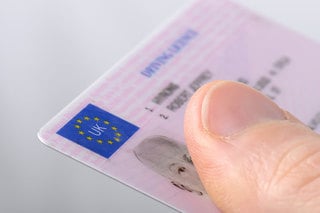Fleet operators face new safety challenges as there are an increasing number of both younger and older employees driving for work, according to Licence Bureau.
The company has highlighted a dual challenge faced as a growing number of young people enter the workforce with mobility expectations. At the other end of the spectrum the retirement age of employed drivers, continues to creep upwards which could cause fresh challenges, particularly around insurance policy restrictions.
“It’s a bit of a ‘perfect storm’ scenario, with challenges rising at opposite ends of the employee spectrum,” explained Steve Pinchen, sales director, Licence Bureau.
“Typically, road users' knowledge, experience and skills develop with experience over time. But they can also deteriorate based on age, and changes in cognitive and physical capability.”
Historically, middle management – broadly aged between 30-50 years – were generally accepted as those likely to be driving for business.
However, Millennials (born between mid-1980s to 2000) which currently make up 35% of the UK workforce are challenging the status quo of ‘freedom of movement’ and ‘always on’ expectations.
This workforce demographic shift is followed by Generation Z (born between 1996-2000) who are also entering employment with their own ‘mobility expectations’ and ‘true digital native’ outlook.
Despite a generally held view that fewer young people aren’t interested in learning to drive, the Department for Transport’s (DfT) National Travel Survey (NTS) England 2018 showed the proportion of adults aged 17 to 20 with a driving licence increased by 8% in just one year.
At the opposite end of the spectrum, the retirement age is due to increase to 68 and the number of licence holders in the 60-69-year-old category rose during 2018 to the highest level since records began in 1975/76.
The result of these changes is likely to mean a continued increase in the age of workers as well as a rise in the age of those driving on company business.
“The key is to ensure all company car drivers, grey fleet and user chooser drivers – are treated as individuals and given access to the appropriate support mechanisms such as risk assessments, employee audits and road safety training,” added Pinchen.





















Login to comment
Comments
No comments have been made yet.